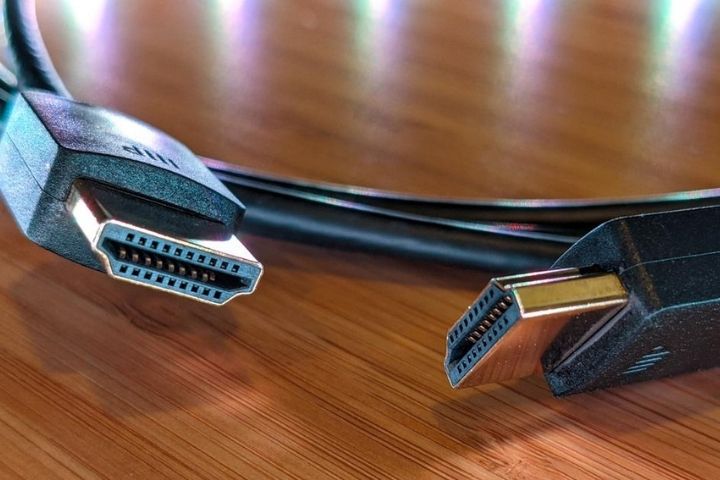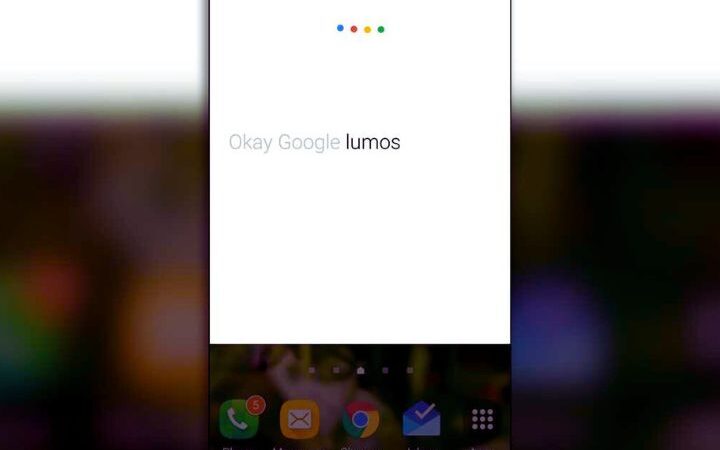How Does Wireless HDMI Work?

The truth is that the HDMI interface has changed the quality of watching movies, satellite TV or playing video games a lot.
It managed to transmit the data in perfect quality from the transmitter, which can be a player, console or decoder , to the receiver (TV).
HDMI products have been around for a decade but have not gained as much popularity as in recent years.
HDMI became the standard medium for transferring HD video.
There is a wide variety of devices on the market that are compatible with this technology and do not require WiFi connectivity.
The sender uses the 5 GHz band, which is generally less crowded than usual (2.4 GHz), and the receiver displays the image or video.
The transmission of the content is achieved without cables in between and with distances of up to 30 meters.
Some wireless HDMI devices have infrared transmissions and this allows remote control to be used from outside the room.
Table of Contents
Differences To Consider
By not using a cable as a channel, there may be certain delays in the transmission of the image, which is known as latency or lag .
The distance in which the devices are located can be an indicator of this small delay.
The more space there is between the sender and the receiver, the greater the lag.
For example, if it is transmitted at 30 meters per second, the difference will be milliseconds, while if the distance is 15 meters, the seconds will be almost undetectable.
Another point to keep in mind is that many manufacturers have not agreed with each other, so the products are not compatible with each other.
This lack of agreement prevents the existence of a standard and sales have not had an upturn for this reason.
Currently, a basic kit is capable of transmitting in 1080p with HD quality in the audio, but the most advanced technology, and more expensive, achieve 4K resolution at 60 FPS and with 7.1 audio channels.
Why Use Wireless Technology?
Wiring can often be a problem in public places such as offices, conference rooms or hotels.
This technology provides solutions in terms of practicality.
In work environments, wireless HDMI is necessary and makes many things easier.
As for the price, the devices are usually a little more expensive than the traditional ones, but ultimately the expense will be worth it.
As for smaller homes and places, it only makes sense in very specific cases.
Wireless technology provides very good solutions, however, it is expensive and sometimes does not offer the expected performance.
Many experts continue to advise the use of wiring.
Like everything else, this is also an extension process in which issues related to resolution, quality and adaptation between products will be gradually improved.
Also read : Social Networks






